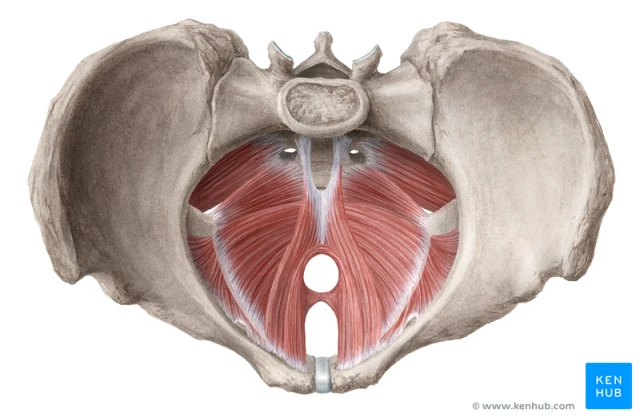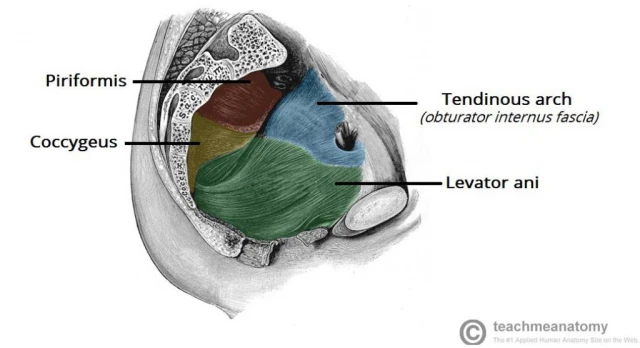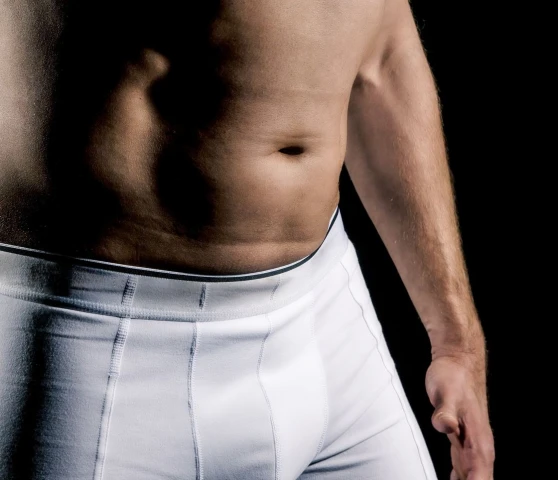anatomy of pelvic floor muscles

Top Contributors - Laura Ritchie, Venus Pagare, Admin, Kim Jackson, Deborah Mazzarotto, Redisha Jakibanjar, Siobhán Cullen, Uchechukwu Chukwuemeka, Khloud Shreif, Evan Thomas, Scott Buxton, George Prudden, Tarina van der Stockt and Mandy Roscher
Some fibers of the puborectalis muscle (pre-rectal fibers) form another U-shaped sling that flank the urethra in the male and the urethra and vagina in the female (in some textbooks they appear as pubovaginalis or sphincter urethrae / vaginae). These fibers are very important in preserving urinary continence, especially during abrupt increase of the intra-abdominal pressure i.e. during sneezing.
We often talk about the pelvic floor as if it is simply a giant hammock of one muscle that supports our bladder, vagina, and other internal organs but it may surprise you to learn that the pelvic floor is actually made up of 14 different muscles, as well as fasciae, organized in 5 distinct layers. The muscles and fasciae each have a unique function related to pelvic floor health.
The final muscle of the pelvic diaphragm is the ischiococcygeus muscle. While this muscle is technically not part of the levator ani, the ischiococcygeus muscle pulls the coccyx, or tailbone, forward and stabilizes the sacroiliac joint which is the joint between your pelvis and your spine. It also plays an essential role in providing the proper amount of tension to the pelvic floor.
V-core Lift Essential Program For Women's Pelvic Floor Health review




